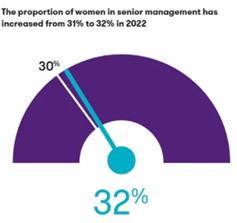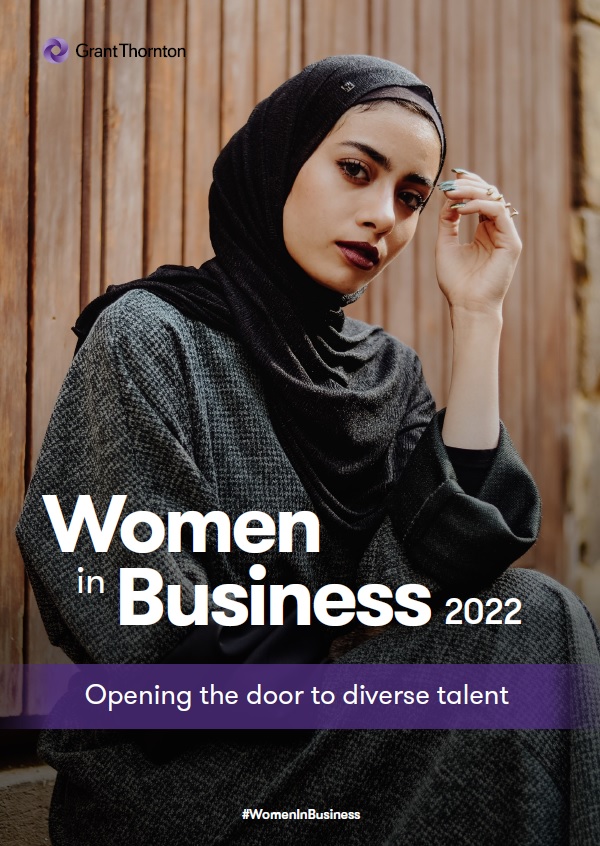-
IFRS
At Grant Thornton, our IFRS advisers can help you navigate the complexity of financial reporting.
-
Audit quality monitoring
Having a robust process of quality control is one of the most effective ways to guarantee we deliver high-quality services to our clients.
-
Global audit technology
We apply our global audit methodology through an integrated set of software tools known as the Voyager suite.
-
Supply Chain and Operation Services
An optimised and resilient supply chain is essential for success in an ever-evolving business landscape
-
Business risk services
The relationship between a company and its auditor has changed. Organisations must understand and manage risk and seek an appropriate balance between risk and opportunities.
-
Marketing and Client Service
We offer strategy, client service, digital and insight solutions to businesses that are shaping the future across the Middle East.
-
Forensic services
At Grant Thornton, we have a wealth of knowledge in forensic services and can support you with issues such as dispute resolution, fraud and insurance claims.
-
Deal Advisory
At Grant Thornton, we deliver deal advisory services through a strategic lens, providing end-to-end support that enables our clients to unlock value, manage risk, and make informed decisions with confidence. Our team works closely with businesses across Saudi Arabia to navigate the complexities of transactions and drive smart, sustainable outcomes.
-
Growth services
We have designed and developed growth services to support your business at each phase of its growth. So whether you are an SME that has just set up or a large business wishing to expand, at Grant Thornton we will help you unlock your potential for growth.


Our 2021 Women in Business report identified a window of opportunity created by post-pandemic working practices that were enabling more women to move into senior roles. In 2022, as economies slowly recover and the worst impacts of the pandemic recede, that trend looks set to continue.
In this year’s data [ 3203 kb ], we see mid-market businesses across the world taking decisive action to mould more flexible working practices around the needs of their people. They say that they are prioritising employee engagement and modelling open, inclusive working environments. By so doing, organisations are opening the door to bring female talent into senior positions in greater numbers than ever before.
“Empowerment, inclusion and eradication of biases are not just boardroom challenges but a core aspect of society which we must all work towards encouraging further, I for one will continue to work towards eradicating bias and driving inclusion.” says Abdullah Al Basri, CEO of Grant Thornton, Saudi Arabia
“It is essential for companies to become more equal,” says Anna Johnson, CEO of Grant Thornton Sweden. “It is a requirement for being attractive to both customers and employees. Gender equality is something we as leaders must prioritise every day, in every decision we make.”
Deliberate, continued action by businesses has resulted in an increase in the proportion of women in senior management around the globe. Women now hold 32% of top leadership positions, up from 31% in 2021. These include chief executive officer and managing director, chief finance officer, chief information officer, chief operations officer, chief marketing officer and human resources director roles. The increase continues the linear growth plotted over recent years. In the last decade, we have seen the proportion of female leaders grow by 11 percentage points, up from 21% in 2012.
Across the 5,000 business leaders in 29 countries surveyed by Grant Thornton, 90% record their business as having at least one woman in the C-suite or equivalent. Regionally, there has also been positive progress, with every area we report on equalling or passing 30% of senior roles held by women.

“These numbers are a reflection of an awakening by leaders of how important it is to have a diverse environment, and of stronger efforts on their part to build a more inclusive culture,” says Kim Schmidt, global leader – leadership, people and culture at Grant Thornton International. “That has accelerated the creation of safe, more authentic environments for all employees over the last few years.”
Female Entrepreneurs Fuelling Economic Growth In Saudi Arabia
Historically, women in Saudi Arabia have not pursued entrepreneurial ventures at the same rate as men. This is changing under Vision 2030, which aims to diversify the economy and reduce the nation’s dependence on oil revenue and foreign labour. One way this is being achieved is by encouraging women to start their own businesses and enter the workforce.
17.7% of women in Saudi Arabia are now engaged in entrepreneurial activity, and this number is set to grow. In fact, women are starting businesses at a faster rate than men. Saudi Arabia now holds the third-highest share of female entrepreneurs globally. This is due in part to the government's efforts to support female entrepreneurship, including providing mentorship and training programs, as well as creating an environment that is conducive to business growth.
Increased government investment in female education has had a significant impact on the status of women within the economy. There are now more women than men studying in Saudi universities and obtaining degrees. Thanks to these investments, the nation has also witnessed a steep increase in female literacy rates, which jumped from 92.7% in 2017 percent to 96% in 2021. This means that there is now a large pool of skilled female workers who are ready to enter the workforce.
Tackling the talent crunch
An increase in gender diversity at the top level leads to business benefits, particularly in light of the global shortage. With traditional business models being challenged in favour of more fluid structures, and recruiters widening their nets to draw from a global talent pool, businesses are having to compete harder for individuals with the abilities to lead and succeed in the new business landscape.
Grant Thornton’s International Business Report research reveals that 57% of mid-market organisations expect talent shortages to be a major constraint to their businesses over the next 12 months. A record level of talent churn, being termed the ‘great resignation’, is adding to the pressure to retain and attract the best people.
With employees re-evaluating their work-life balance and reconsidering the route of their career paths in the wake of the pandemic, businesses are having to be more authentic in building environments where their people can find purpose. A central element of this is to tailor working models to individual employees, making it easier and more appealing for them to remain with their employers as their life priorities shift.
A specific focus on opening up opportunities for women to move into senior roles through more flexible working practices will be a major way of tackling the talent shortage. Our 2022 Women in Business report explores the ways in which organisations can open the door for more diverse people – and empower them to step through to future success.
Looking to the future
Female talent is an essential resource and vital to good business outcomes, as well as fundamental to bridging the skills gap. Forward-looking organisations are already collaborating with employees to remodel working setups in order to allow all candidates the opportunity to achieve equity in seniority.
As these new working models become embedded and greater flexibility in employment practices is regarded as the norm, the opportunities for uninterrupted female career progression will increase. We are optimistic that this, along with continued, deliberate action by businesses to engage all of their people in an inclusive workplace – virtual or otherwise – will result in the continuing increase in female leadership.
With global numbers for senior women remaining consistently past the 30% tipping point – the proportion needed to spark significant positive momentum – over the last two unsettled years, we also hope to see an acceleration in the growth of female representation at senior management level.
“The numbers we are seeing currently may be the beginning stage of a significant change, rather than the tail end of previous progress,” suggests Kim Schmidt. “It could be that new people are just starting to move into senior roles. It will be fascinating to see what happens in 12 months after a full year of significant movement.”
In the coming years, we can expect to see a growing demand for skilled labour, fuelled in part by the government's Saudization program. This initiative aims to reduce the nation's dependence on foreign labour and increase the participation of Saudi citizens in the workforce. As such, businesses are restricted in their ability to hire foreigners for certain roles, which is creating a demand for skilled Saudi workers. The pandemic has further fuelled this transition, by reducing the availability of the foreign workforce. Women are quickly stepping in to bridge this skill gap.
The rise of women-owned businesses and female workforce participation is having a positive impact on the Saudi economy. These businesses are creating jobs and contributing to the country's GDP. They are also playing a role in promoting economic gender equality and driving positive social change. Thanks to the policies being put in place by the government, the future is bright for women in Saudi Arabia.


